
Process Control and Instrumentation - Engineering
Q1: Bode stability method uses __________ loop transfer function.A open
B closed
C either (a) or (b)
D neither (a) nor (b)
ANS:A - open The Bode stability method uses the open-loop transfer function. In control system analysis, the Bode stability criterion involves plotting the Bode plot of the open-loop transfer function and examining the gain margin and phase margin to determine the stability of the closed-loop system. The open-loop transfer function is essential for this method because it reflects the system's response before any feedback is applied, which is crucial for predicting how the system will behave when feedback is introduced. The Bode stability method is a graphical approach used in control system analysis to determine the stability of a feedback control system. This method specifically uses the open-loop transfer function of the system. Here’s an explanation of why and how the open-loop transfer function is used:
|


For help Students Orientation
Mcqs Questions
One stop destination for examination, preparation, recruitment, and more. Specially designed online test to solve all your preparation worries. Go wherever you want to and practice whenever you want, using the online test platform.

